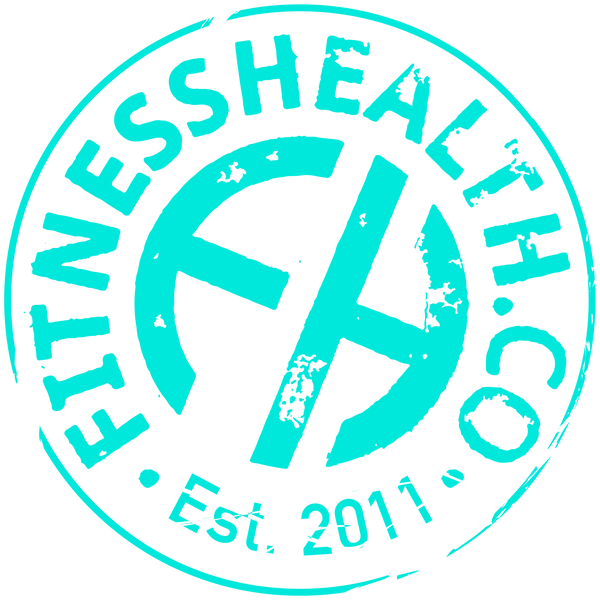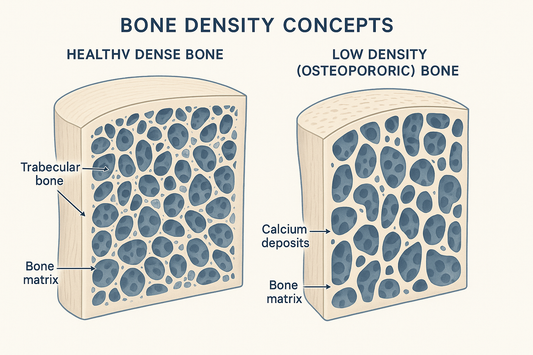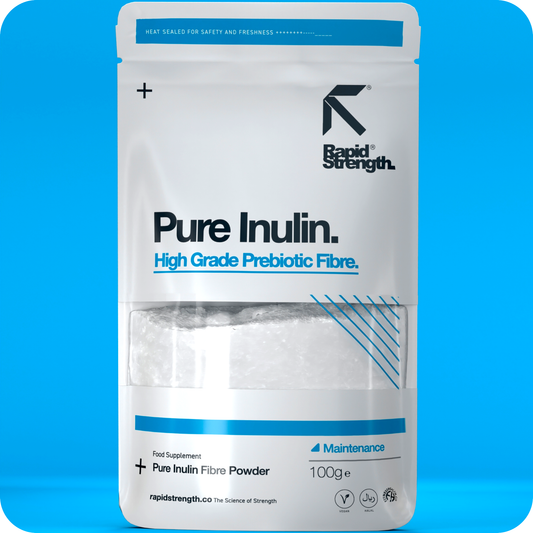If you’re serious about building muscle and maximizing your performance, chances are you’ve heard about creatine supplementation. Creatine is one of the most popular and widely used supplements in the fitness industry, and for good reason. It is safe, effective, and has been scientifically proven to increase muscle mass, strength, and overall performance. However, with so many different types of creatine available and so much conflicting information out there, it can be difficult to know where to start. In this comprehensive guide, we’ll break down everything you need to know about creatine supplementation for muscle growth and performance enhancement. From the science behind creatine to the different types available, dosages, timing, and potential side effects, we’ll cover it all so that you can make an informed decision about whether creatine is right for you.
What is creatine and how does it work?
Creatine is a naturally occurring compound found in the body's muscles. It is made from the amino acids arginine, glycine, and methionine. Creatine is essential for muscle growth and energy production during physical activity. It works by increasing the production of adenosine triphosphate (ATP), the main source of energy for the body's cells. ATP is responsible for powering muscle contractions during exercise, and creatine helps to make more ATP available to the muscles. When you supplement with creatine, you are effectively increasing the amount of creatine stored in your muscles. This means that more ATP can be produced during exercise, resulting in improved performance and increased muscle growth over time. Creatine is especially effective for high-intensity activities, such as weightlifting, sprinting, and other explosive movements. It's important to note that creatine supplementation is not a magic solution for muscle growth and performance enhancement. It works best when combined with a proper diet and exercise program. Additionally, while creatine is generally considered safe for healthy individuals, it can cause side effects in some people, such as gastrointestinal issues and dehydration. It's always a good idea to consult with a qualified healthcare professional before starting any new supplement regimen.
Different types of creatine and which one is right for you
There are several types of creatine available on the market, each with its own unique benefits. The most commonly used are creatine monohydrate, creatine ethyl ester, and buffered creatine. Creatine monohydrate is the most well-known and widely used type of creatine, and it is the most thoroughly researched. It has been proven to improve muscle strength, size, and power, as well as enhance endurance. Creatine ethyl ester is a more soluble form of creatine that is thought to be absorbed more easily by the body. Buffered creatine is similar to creatine monohydrate, but it has a higher pH level, which means it is less likely to cause stomach upset. Ultimately, the type of creatine that is right for you will depend on your own individual needs and preferences. Some people may prefer creatine monohydrate because it is the most tried and tested form of creatine, while others may prefer buffered creatine because it is less likely to cause stomach issues. It's important to do your own research and consult with a healthcare professional before deciding on a specific type of creatine supplementation.
Dosages, timing, and potential side effects
Creatine supplementation has become increasingly popular among athletes and fitness enthusiasts for its potential to improve muscle growth and enhance performance. However, it is important to understand the proper dosages, timing, and potential side effects before beginning creatine supplementation. Dosages: The recommended daily dosage of creatine varies based on body weight. A common dosage is 5 grams per day for an individual weighing between 150-200 pounds. It is important to start with a low dosage and gradually increase it over time to avoid any potential side effects. Timing: Creatine is most commonly consumed before or after a workout to help increase muscle growth and improve performance. However, it can also be consumed at other times throughout the day, such as in the morning or before bed. Potential Side Effects: While creatine is generally safe, there are some potential side effects to be aware of. These include stomach cramping, diarrhea, and dehydration. To prevent these side effects, it is important to stay hydrated and follow the recommended dosages. In conclusion, creatine supplementation can be an effective way to improve muscle growth and enhance performance. Understanding the proper dosages, timing, and potential side effects is important to ensure safe and effective use of creatine. As always, it is recommended to consult with a healthcare professional before beginning any new supplement regimen.
Combining creatine with other supplements and optimizing your workout routine
Creatine is an excellent supplement for muscle growth and performance enhancement. However, when combined with other supplements, it can provide even greater benefits. Some of the most popular supplements to combine with creatine include whey protein, caffeine, and beta-alanine. Whey protein is an excellent complement to creatine, as it provides the necessary amino acids to support muscle growth and recovery. This is especially important after a workout, as it helps to repair damaged muscle tissue. Caffeine is another popular supplement to combine with creatine. Caffeine is a natural stimulant that can help improve focus and endurance during workouts. When combined with creatine, it can help to increase energy levels and improve overall performance. Beta-alanine is another supplement that can be combined with creatine to improve performance. Beta-alanine is an amino acid that helps to increase muscle endurance and reduce fatigue. When combined with creatine, it can help to improve training volume and intensity, leading to greater gains in muscle mass and strength. In addition to combining supplements, it is also important to optimize your workout routine to get the most out of your creatine supplementation. This includes focusing on compound exercises that target multiple muscle groups, using heavier weights and lower reps, and ensuring that you are getting enough rest and recovery between workouts. By combining creatine with other supplements and optimizing your workout routine, you can achieve even greater gains in muscle growth and performance enhancement.








